
Browse an alphabetical list of articles about the Holocaust and World War II. Learn more about topics such as the Nazi rise to power, how and why the Holocaust happened, life in Nazi camps and ghettos, and the postwar trials.
<< Previous | Displaying results 126-147 of 1105 for "Article" | Next >>
Explore a timeline of key events in the history of the Auschwitz camp complex in German-occupied Poland.
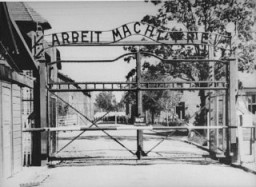
Karl Höcker’s album shows SS officers at events ranging from ceremonies to social gatherings, in stark contrast to other photographs from Auschwitz. Learn more.
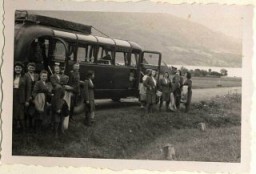
Karl Höcker’s album shows him in close contact to the main perpetrators at Auschwitz-Birkenau. Learn about his 1963 trial and the significance of his album.
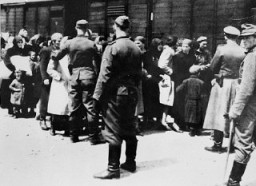
Learn about photographs contained in Karl Höcker’s album depicting official visits, ceremonies, and the social activities of the Auschwitz camp staff.
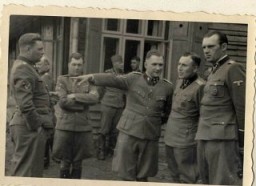
Learn about the German annexation of Austria, the establishment of Nazi camps, Kristallnacht, and deportations from Austria during the Holocaust.
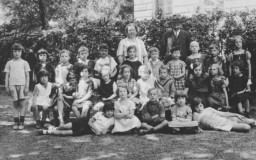
Learn about the Kovno ghetto diary and other documents Avraham Tory saved in a secret archive that documented life in the ghetto.
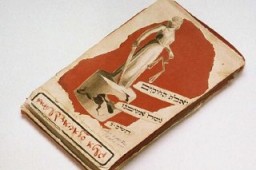
The three principal partners in the Axis alliance were Germany, Italy, and Japan. Learn more about the Axis powers in WW2.
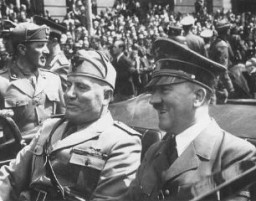
The Axis powers invaded Yugoslavia on April 6, 1941. Learn about the Axis invasion and partition, collaboration, and the fate of Jewish people living in Yugoslavia.
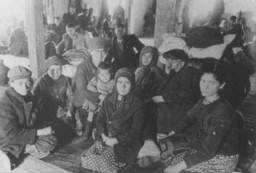
Each of Germany’s six European Axis allies participated in the “Final Solution” by murdering Jews or by transferring them to German custody. Learn more.
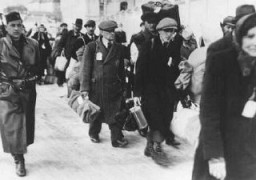
After WWII, many Holocaust survivors, unable to return to their homes, lived in displaced persons camps in Germany, Austria, and Italy. Read about Babenhausen DP camp.
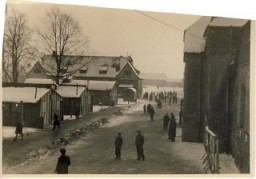
The Justice Case, or Jurists’ Trial, of the Subsequent Nuremberg Proceedings tried members of the German justice administration. Browse excerpts from the verdict.
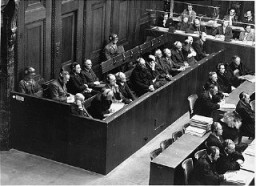
After WWII, many Holocaust survivors, unable to return to their homes, lived in displaced persons camps in Germany, Austria, and Italy. Read about Bad Gastein DP camp.
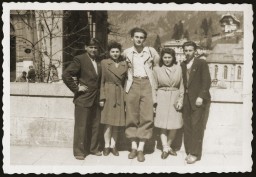
After WWII, many Holocaust survivors, unable to return to their homes, lived in displaced persons camps in Germany, Austria, and Italy. Read about Bad Reichenhall DP camp.
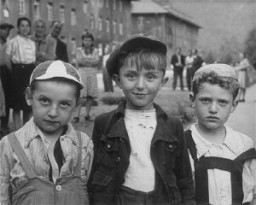
Brief overview of the charges against Baldur von Schirach, Hitler Youth leader and Nazi leader in Vienna, during the International Military Tribunal at Nuremberg.
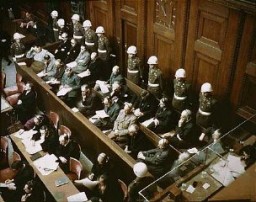
In April 1941, Germany invaded and subdued the Balkan countries of Yugoslavia and Greece. These countries were then occupied and administered by Axis members. Read more.
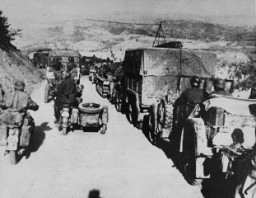
After WWII, many Holocaust survivors, unable to return to their homes, lived in displaced persons camps in Germany, Austria, and Italy. Read about Bari Transit DP camp.
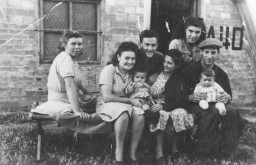
The Battle of the Bulge was a failed German counter-offensive against the Allied armies. Learn more about the Battle of the Bulge and its impact on WWII.
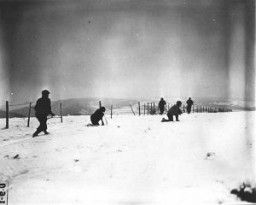
As part of the IG Farben conglomerate, which strongly supported the Third Reich, the Bayer company was complicit in the crimes of Nazi Germany. Learn more.
On November 8–9, 1923, Hitler and the Nazi Party led an attempt to overthrow the German government. This attempted coup came to be called the Beer Hall Putsch.
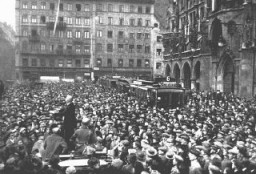
The Germans conquered Belgium in May 1940. Learn about the occupation, anti-Jewish laws and ordinances, detention camps, and deportations of Jews from Belgium.
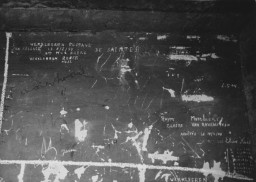
Belzec was the first of three killing centers in Operation Reinhard, the SS plan to murder almost two million Jews living in the German-administered territory of occupied Poland.
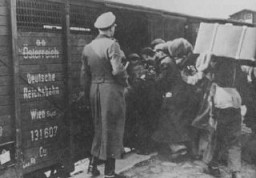
Explore key events in the history of the Belzec killing center in the Nazi camp system. It was constructed for the sole purpose of murdering Jews.

We would like to thank Crown Family Philanthropies, Abe and Ida Cooper Foundation, the Claims Conference, EVZ, and BMF for supporting the ongoing work to create content and resources for the Holocaust Encyclopedia. View the list of donor acknowledgement.